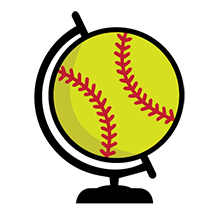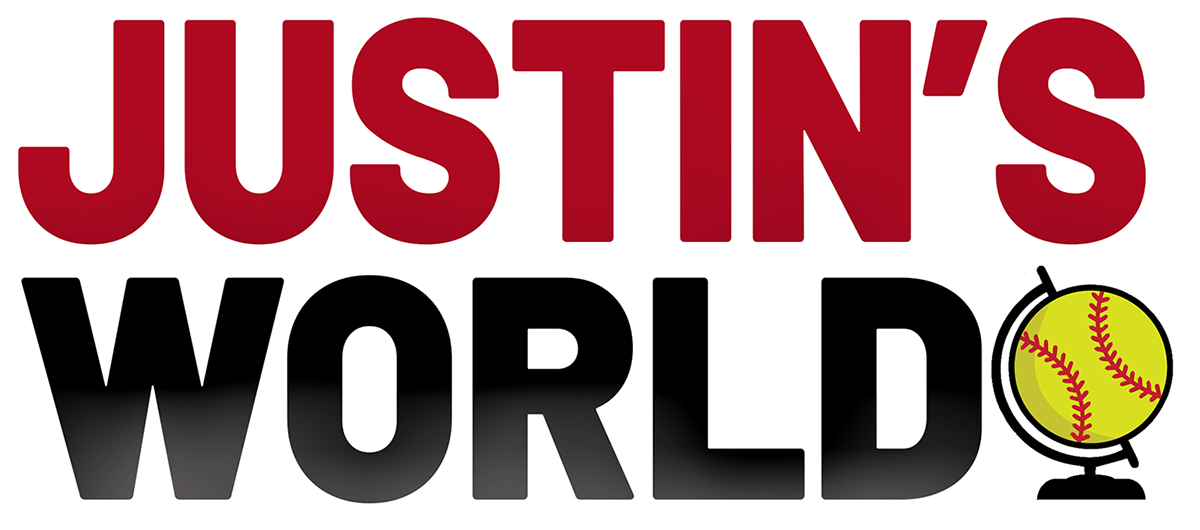Val Arioto headlines the Team USA Olympic roster / Photo: USA Softball
JUSTIN MCLEOD | JWOS PUBLISHER
On Sunday morning, Team USA announced the 18-member roster that will compete in the red, white, and blue in the 2020 Olympic Games in Tokyo, Japan. Fifteen players were named to the active roster, while a trio of athletes were named as Replacement Players for the Games.
The active roster includes Monica Abbott (P; Tennessee ’07); Ali Aguilar (IF; Washington ’17); Valerie Arioto (IF; Cal ’12); Ally Carda (P; UCLA ’15); Amanda Chidester (C; Michigan ’12); Rachel Garcia (P; UCLA ’20); Haylie McCleney (OF; Alabama ’16); Michelle Moultrie (OF; Florida ’12); Dejah Mulipola (C; Arizona ’20); Aubree Munro (C; Florida ’16); Bubba Nickles (OF; UCLA ’20); Cat Osterman (P; Texas ’06); Janie Reed (OF; Oregon ’15); Delaney Spaulding (IF; UCLA ’17); and Kelsey Stewart (IF; Florida ’16).
Taylor Edwards (C; Nebraska ‘14); Hannah Flippen (IF; Utah ‘17); and Keilani Ricketts (P; Oklahoma ‘13) were named as replacement players.
Following the roster announcement, here are our top five questions for Team USA as they look ahead to the 2020 spring tour and the Olympics:
1. Four catchers… why?
Aubree Munro, Dejah Mulipola, Amanda Chidester, and Taylor Edwards were all named to the squad and are primarily catchers. Edwards was named a replacement player, but that still leaves a trio of backstops on the 15-member active roster. Going into the Olympic Trials, we questioned whether or not the final roster might include just two catchers on the active roster, with depth at other positions seemingly a more glaring need. Instead, the USA decision-makers went the other direction. Munro, Mulipola, and Edwards boast offensive quality, admittedly, but defensively are fairly one-dimensional, in that they catch and little else. That simply compounds the questions, while Chidester’s versatility – referencing back to her collegiate days at Michigan and previous USA tenure – could become nearly invaluable to the Olympic squad. With that in mind, we also wonder…
2. Is Amanda Chidester’s versatility just as important as her bat?
Chidester is one of the best hitters in the country at this stage in the game, possibly in the world. She performed well in the National Pro Fastpitch league during the summer, which earned her some well-deserved eyeballs ahead of the Trials and undoubtedly gave team USA highers-up a taste of what they were missing without her in their lineup. But as much of an offensive game-changer and as strong of a hitter as Chidester is, let’s recall the depths of her defensive abilities. During her collegiate career at Michigan, Chidester spent her freshman year as a true utility player; was the starting second baseman as a sophomore; spent her junior season at third base; and her senior season starting two-thirds of her team’s games at first base. She has primarily caught over the last several seasons, but was an award-winner across the diamond while in college. Why is this important? Because…
3. Where’s the infield depth?
The lack of infield depth across the board makes versatility like Chidester’s even more necessary, but a closer look at the roster leaves some serious question marks around the infield dirt. Spaulding, Stewart, and Aguilar are the only primary middle infielders on the active roster, and the third base position has no clear starter. Stewart is a logical guess to play third, as she has spent some time at the hot corner for Team USA over the summer, but Chidester immediately has to jump into the conversation as a possibility, as well. Val Arioto has first base squarely locked down, but the rest of the infield looks rather interesting in its makeup on paper. Even if an injury were to happen, Hannah Flippen could enter as a replacement player, but depth still remains an issue.
4. How will the emphasis on the long-ball pay off?
Team USA struggled in a number of areas, especially offensively, this summer. The team still scored runs and won games, but there were obvious areas of deficiency. The squad had lengthy “cold” streaks on the small ball side of the game, and at times lacked power. The four athletes on the Olympic roster that were new additions not on the 2019 summer roster – namely, Chidester; Nickles; Edwards; and Flippen – are an obvious upgrade in the power department. It’s a tried-and-true strategy by the USA staff, choosing to meet an upgraded group of international power pitchers in Tokyo with power bats.
5. Who were the biggest snubs?
Every softball expert is going to have an opinion in this category, some more credibly than others. Sahvanna Jaquish was who I listed as the top snub when I appeared on the In the Circle podcast to discuss the roster; a member of Team USA for several years, she is both a catcher and third baseman. The inexplicably-large number of catchers on the roster and lack of true depth at third base would seemingly make Jaquish a shoo-in for the team. Instead, she sits on the outside looking in. Recently-graduated Florida great Amanda Lorenz is another name that many thought could be on the roster of eighteen. The Gator legend suffered an injury over the summer that required surgery, so her health was a minor concern going into the Trials, but the addition of several power bats with none of them being Lorenz was a bit surprising. Other players that would likely qualify to highlight the list of snubs include Kirsti Merritt and Shelby Pendley – both members of the US national team this summer – and former LSU pitcher Carley Hoover.


